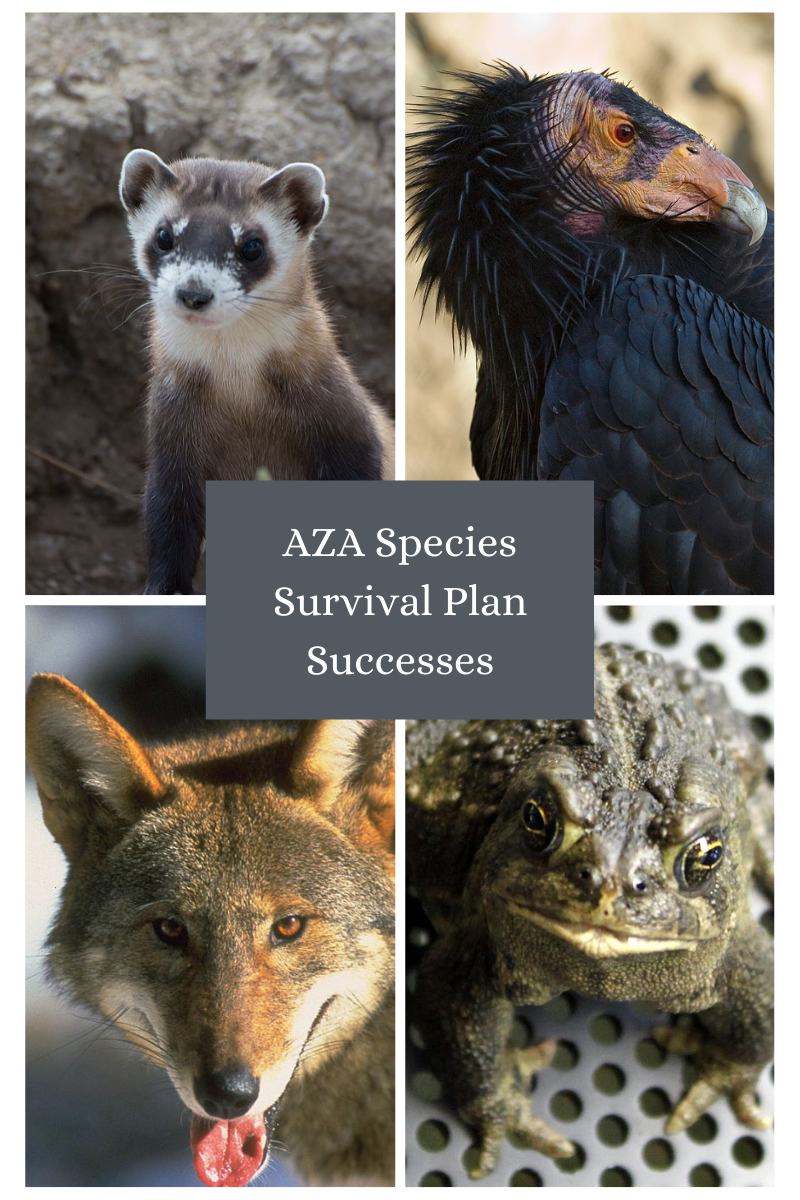Species Survival Plans: The Dating App for Zoo Animals
- Samantha Vold

- Oct 14, 2020
- 3 min read
Updated: Oct 16, 2020

Henry Vilas Zoo recently announced their male polar bear, Nuniq (4 year old male), is headed to the Kansas City Zoo to be with Berlin, a 31-year old female. Nuniq certainly captured the hearts of his keepers and those who visited him and he will be missed. The move comes per a breeding recommendation made by the Polar Bear Species Survival Plan (SSP). It is common for animals to move between zoos based on suggestions from a given SSP. While Nuniq may have moved on to another zoo, Henry Vilas Zoo also recently welcomed a young harbor seal, named Sammye, per the Harbor Seal SSP. Zoo families are continuously changing as their animal ambassadors go where they are needed for the benefit of their species.
So what exactly is a Species Survival Plan? SSPs are coordinated by members of the Association of Zoos and Aquariums (AZA) with the mission of overseeing the population management of a number of species within AZA member institutions. The programs spearhead initiatives around the conservation, research, husbandry, management, and education of their respective species. The primary purpose of a Species Survival Plan, though, is to maintain healthy, genetically diverse, and demographically stable populations for the long-term future.

How do Species Survival Plans work?
Simply put, you can think of an SSP like a dating app for zoo animals, just more complicated. The programs are a way for zoos and aquariums to bring together the best breeding pair candidates to ensure healthy and genetically diverse populations.
The AZA has nearly 500 SSP Programs. Each program is lead by expert advisors who work to develop a comprehensive population studbook and a Breeding and Transfer Plan. The goal of these documents is to summarize the current demographic and genetic status of a species in AZA institutions. Simply put, a studbook is a list of every animal of a given species in AZA institutions with information on their age, history, breeding status, etc. From here, breeding recommendations are made, which may result in animals being transferred to another zoo or aquarium to meet a potential mate. Care is taken to ensure breeding recommendations are made that will help maintain a genetically diverse and healthy population.
SSP Successes
As part of their mission of conservation, the AZA also runs reintroduction programs. These programs may be designed to give younger animals a "head start" that they would not otherwise receive in the wild, or they may be part of rehabilitation programs for sick and/or injured animals. In some cases, Species Survival Plans have played a role in saving species whose populations had suffered from significant declines.

Black-footed ferret: The black-footed ferret has a remarkable history of disappearance and rediscovery. In 1987, a small surviving population of 18 ferrets was captured and brought into captivity to participate in a breeding program. Thanks to the efforts of the AZA's Black-footed ferret SSP and their partners, those in captivity have successfully reproduced, resulting in thousands of ferrets being reintroduced into their historic range since 1991.
California condor: In 1982, there were only 22 California condors remaining in the wild. San Diego Zoo Global was given permission by the U.S. Fish and Wildlife Service to bring these birds into captivity to participate in a breeding program. In 20 years, the California condor SSP resulted in a population increase to nearly 200 birds. As of 2019, the population had again increased to 518 California condors, 337 of which are free flying in the wild!
Red wolf: By the 1960's, red wolf populations had suffered a significant decline due to predator control programs and habitat loss. 14 wolves were captured and brought in to captivity and became the founders of a successful breeding program. The Red wolf SSP has resulted in the successful management of a reintroduced wild population.
Wyoming toad: In 1994, the Wyoming toad was declared extinct in the wild when only one ex-situ (captive) population remained. This population was brought into the care of AZA institutions, resulting in tadpoles and toadlets that were successfully reintroduced to the wild. The wild population is not yet self-sustaining, but with the support of the Wyoming toad SSP, reintroductions are still occurring today.
Species Survival Plans are an important tool used by AZA institutions to accomplish conservation goals. If you would like to learn more in-depth about SSPs, you can check out the program handbook here. Interested in supporting the work done by the AZA and their institutions? Find your nearest accredited zoo or aquarium to visit. Many are still open with COVID-19 restrictions, so be sure to check the guidelines each institution has put out for visitors.
Have a question about zoos, conservation, research, or animals? Let me know and we'll learn together!
Photo credit for AZA successes: Images from Wikimedia Commons
Black footed ferret: By USFWS Mountain-Prairie - https://www.flickr.com/photos/usfwsmtnprairie/25426792073/, Public Domain, https://commons.wikimedia.org/w/index.php?curid=48369590
California condor: CC BY 3.0, https://commons.wikimedia.org/w/index.php?curid=3189483
Red Wolf: By Red Wolf Recovery Program - https://www.flickr.com/photos/60373458@N02/6189682486/, CC BY 2.0, https://commons.wikimedia.org/w/index.php?curid=33655542
Wyoming toad: By USFWS Mountain-Prairie - Wyoming Toad, Public Domain, https://commons.wikimedia.org/w/index.php?curid=47188110





Comments